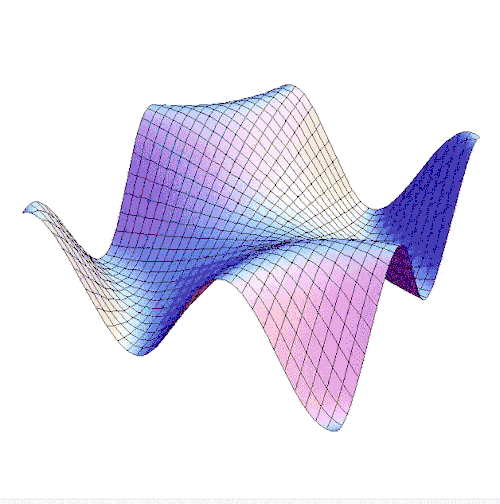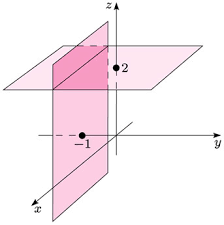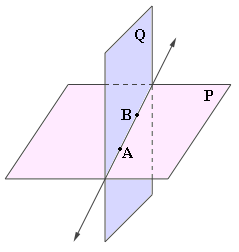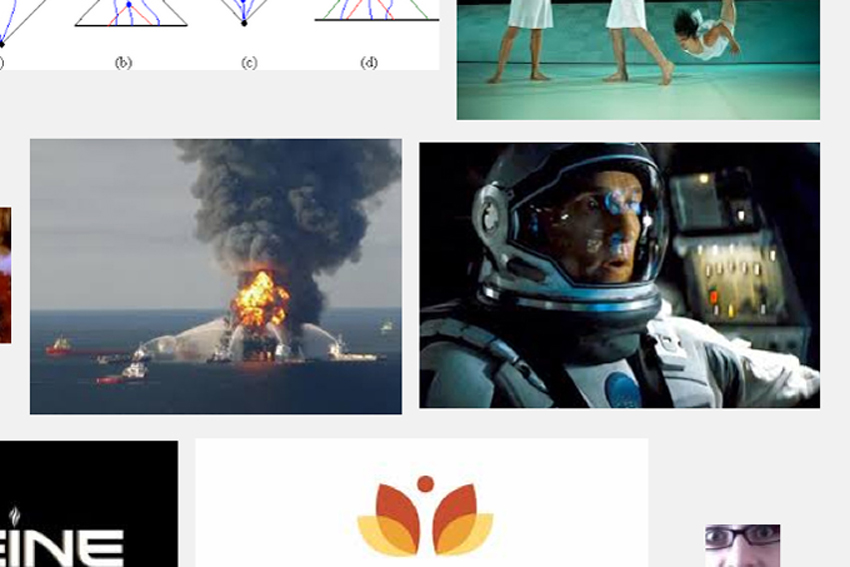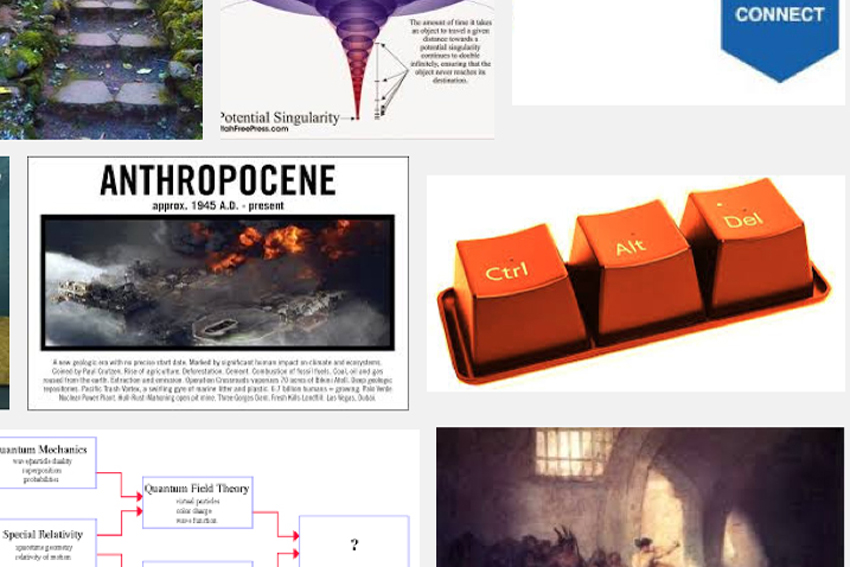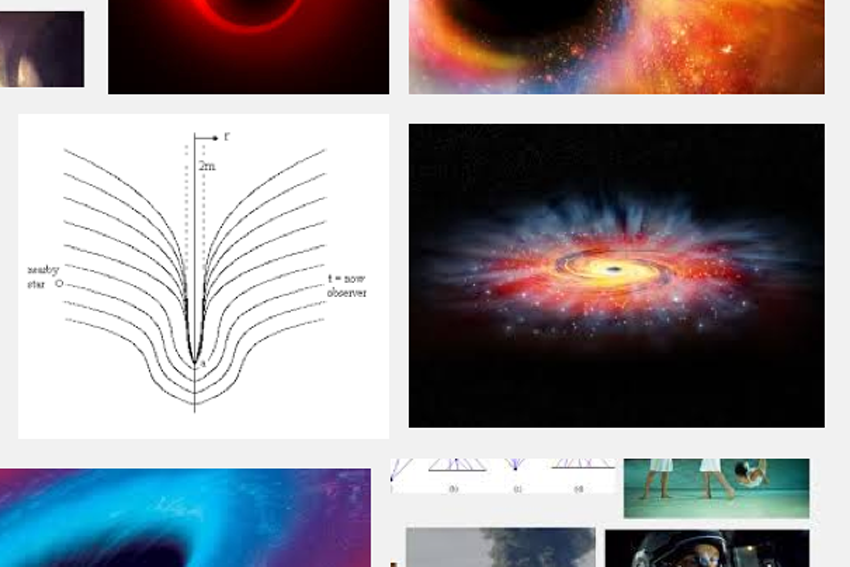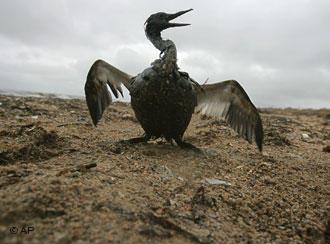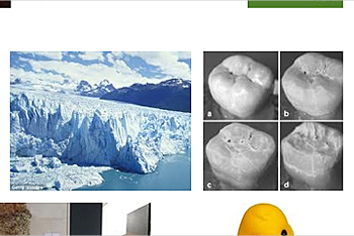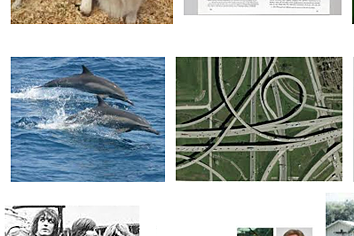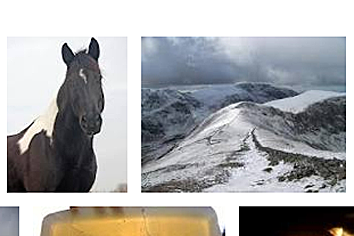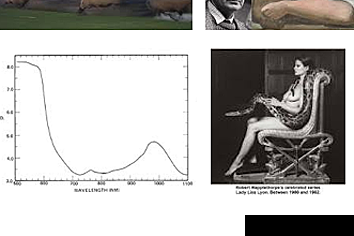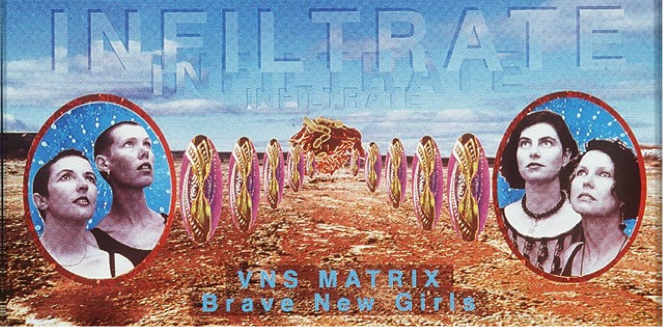Pioneered in the late 1940s by a group of specialists in fields ranging from biology to engineering to social sciences, cybernetics was concerned with the study of communication and control systems in living beings and machines. The interest in how systems work is reflected in the etymology of cybernetic, which comes from the Greek word kubernētēs (κυβερνᾶν), ‘steersman’, from kubernan ‘to steer’.
It was our drive to see and know everything that made us discover their oily presence, everywhere.
Hyperobjects - Philosophy and Ecology after the End of the World
Timothy Morton | 2013
▝
▞
■
▝
▘
■
↓
↓
↓
↓
↓
↓
↓
↓
↓
↓
↓
↓
↓
↓
↓
↓
↓
↓
↓
↓
↓
↓
↓
↓
↓
Teredo navalis~~~ Inspired by the head of the shipworm which could bore through ships' timbers, Marc Brunel, in 1818, patented a tunnelling shield made from iron.
It begins as an archeology of naval routes...
▝
▞
▟
■
▝
▞
▘
An ecology of inter~being...
Nadia Lee~~~
Derivative from old English ‘gelang’, ‘belong’ meant at hand, together with. Perhaps by considering where and how we belong we might question ownership, to be held by - to belong to - and instead look to inclusion, to belong with →← The 'long' in belong is duration through time.
Measure things in generations, not quarters.
Giacomo Guilizzoni
~~~ A simple story lies at the heart of our current economic system. It is a story of separation between humanity and nature. This story creates alienation, lack of belonging, fear and the need to control. Living this story ultimately makes us see through a lens of scarcity and competition for limited resources. Instead of living well within planetary boundaries and in collaborative abundance shared between all of humanity and life as a whole, we have chosen a path of trying to predict, control, manipulate and exploit nature as if we were somehow separate from life’s life-sustaining cycles that maintain this planet in habitable conditions for complex organisms like us. /// Diana Leaf
▖
▗ ▘
▙
▚
▝
▞
▟
■
▝
▞
▘
▖
▗ ▘
■
▚
▝
The material world they observed no longer appeared as a machine, made up of separate objects, but rather as an indivisible whole; a network of relationships... Fritjof Capra (1988) Uncommon Wisdom
‘Some of the most basic lessons we can learn from ecosystems everywhere are that almost all energy that drives ecological cycles flows from the sun. Even the kinetic energy of wind, waves and marine currents ultimately derives from the sun’s energy reaching the Earth. Our industrial civilization, on the other hand, is driven by fossil fuel reserves in the form of coal, gas and oil, along with some other non-renewable sources like nuclear energy.
Fossil fuels are nothing but ancient sunlight (Hartman, 1999) stored in the Earth’s crust. These energy carriers are the compressed and transformed remains of plants and animals that populated Earth millions of years ago. The amount of fossil fuel humanity is currently using in a single year took approximately 1 million years to build up in the Earth’s crust (Fischer, 2012: 36).' Hence, ‘non-renewable’. Daniel Christian Wahl O
Polycrystalline Diamond Compact (PDC) bits perform for our pleasure, our energy - powering through hard rock to extract toxic sludge from deep under ground via oil rigs and wells. Not a fantasy term, ‘boring penetration’ grooves holes and makes thick, grungy waves, enabling money to spill and slick from a Pandora’s box of dark, foreboding treasure buried below the seabed. The tool is pivotal to dirty energy, which alters ecosystems, forever.
Hard/drive exposes how this slick machination reverberates the ecology of the sea, ‘In 1818, inspired by the head of the shipworm, Teredo navalis, which could bore through ship’s timbers, Marc Brunel patented a tunnelling shield made from iron.’ This mechanisation, determined in part by the humble, tunnel boring mollusc triggered the consumption of fossil fuels creating waves of environmental fallout - from climate heating to sea level rise. This grinding perversion of natural ecology has spawned a world in which human, animal and environment - all - are being annihilated by economic leveraging.
Centring on the oil industry and expanding beyond, Hard/drive deploys a sexual analogy of the PDC bit - whilst enmeshing the petrochecemical industry, petro-masculinity, 80s pop culture and humour via this research website archive.
Hard/drive has four spin-off projects, which follow a twist on its narrative to explore the many compounding ways in which the oil industry seeps through culture. In combination, the pentalogy mines the depths of interplaying socio-economic conditions to draw on entangled relations between organic and machinic ecologies - interweaving a seemingly mythical - yet, mysteriously true - tale of the ecology between PDC drill bits and shipworms. All together, these five bodies of work coalesce - forming a strange deep dive into the environmental crises, and many of the cultural and political conditions defining it - shining a light on a private part of this shady underworld.
junk (I sculpt them from marshmallow. They’re soft, limp and edible, but over time they turn hard, like boners, bones and fossils, too) | 2015 | Marshmallow PDC bit | Millicent Hawk O
Wiki /// The 6th mass extinction (the Holocene extinction or Anthropocene extinction), is the ongoing extinction event during the Holocene epoch. The extinctions span numerous families of plants and animals, including mammals, birds, reptiles, amphibians, fish, invertebrates, and affecting not just terrestrial species but also large sectors of marine life. With widespread degradation of biodiversity hotspots, such as coral reefs and rainforests, as well as other areas, the vast majority of these extinctions are thought to be undocumented, as the species are undiscovered at the time of their extinction, which goes unrecorded. The current rate of extinction of species is estimated at 100 to 1,000 times higher than natural background extinction rates, and is increasing. During the past 100–200 years, biodiversity loss and species extinction have accelerated, to the point that most conservation biologists now believe that human activity has either produced a period of mass extinction, or is on the cusp of doing so. As such, the event has also been referred to as the sixth mass extinction or sixth extinction. Unlike previous extinction events caused by natural phenomena, the sixth mass extinction is driven by human activity, primarily (though not limited to) the unsustainable use of land, water and energy use, and climate change.
Anyone who thinks that you can have infinite growth in a finite environment is either
a madman or an economist. /// David Attenborough
… The silicon chip is a surface for writing; it is etched in molecular scales disturbed only by atomic noise, the ultimate interference for nuclear scores. Writing, power, and technology are old partners in Western stories of the origin of civilization, but miniaturization has changed our experience of mechanism. Miniaturization has turned out to be about power; small is not so much beautiful as pre-eminently dangerous, as in cruise missiles… Our best machines are made of sunshine; they are all light and clean because they are nothing but signals, electromagnetic waves, a section of a spectrum, and these machines are eminently portable, mobile — a matter of immense human pain... People are nowhere near so fluid, being both material and opaque...
A Cyborg Manifesto: Science, Technology, and Socialist-Feminism in the Late Twentieth Century /// Donna Haraway
Neoliberalism's never the brainchild of a single person - its an amazinglly, efficiently distributed thought collective. It took an intellectual and social organisation [Mont Pelerin Society] more than half a century to pull-off what they did - the largest bank robbery of all-time, from public to private hands. /// Philip Mirowski 'Where Do Neoliberals Go After Market?'
As Agamben makes clear, communication has detached itself from political ideals of belonging and connection to function today as a primarily economic form. Differently put, communicative exchanges, rather than being fundamental to democratic politics, are the basic elements of capitalist production. /// Jodi Dean, Communicative Capitalism: Circulation and the Foreclosure of Politics ○
What Michel Foucault had worked out way ahead of anyone else, about the progressive cultural phenomenon of neoliberalism, about being the entrepreneur of oneself, is explored by Ilana Gershon. She sights Facebook as training wheels to teach people how to be neoliberal agents. This model takes your information and time for free and sells it to others for a profit.
Everything in time has to be given back, because the mirage of existence is only borrowed. Nature’s bell curve allows infinite existence as long as it’s returned to the “closed fan” in time.
We’re so enamoured with our successes that we think ourselves invincible. We just think we’re the masters of our destiny because that’s how it’s appeared to be in the last 10,000 years. And we may be able to dodge some of the incoming cannon balls. But, actually we’re beholding to the balance of wave patterns in quantum energies cooked up in dying suns long ago. Starting with the Big Bang, the erupting actions spun these chaotic quantum waves into cycle patterns of particles... Thus our bodies, beach sand, uranium, gold … all appear to be composed of similar bell curve life forms. Their waves reverberate in everything we do...
Everything in the universe came through the head of a pin. How more humble can we get?
Before long, Kosinski [Cambridge University researcher] was able to evaluate a person better than the average work colleague, merely on the basis of ten Facebook “likes.” Seventy “likes” were enough to outdo what a person’s friends knew, 150 what their parents knew, and 300 “likes” what their partner knew. More “likes” could even surpass what a person thought they knew about themselves...
On Facebook you’re not only a captive audience, but an impressionable, trusting, data-rich one.
Once you’ve been profiled, their model will tailor and test advertisements on you and your social network until it finds exactly the right one to make you comment, “like”, or click. Worse still, “knowing” your friends allows the advertising to spread throughout your social network like a propaganda virus.
Professor Jonathan Rust, also from the Psychometric Centre:
“The danger of not having regulation around the sort of data you can get from Facebook and elsewhere is clear. With this, a computer can actually do psychology, it can predict and potentially control human behaviour...
It’s no exaggeration to say that minds can be changed. Behaviour can be predicted and controlled... People don’t know it’s happening to them. Their attitudes are being changed behind their backs.”
...If that isn’t sinister, I don’t know what is. But perhaps the most pernicious part of all is that we still think we’re the ones in control, even when we aren’t. /// Kimberly K. O
-- I AM THE BEGGAR OF THE WORLD -- Landays are an oral form of folk poetry created traditionally by illiterate people - mostly women - denied of education for being female. Landay means ‘short, poisonous snake’ in Pashto, a language spoken on both sides of the Afghanistan-Pakistan border, and also refers to two-line folk poems. Pashtun poetry has long been a form of rebellion for Afghan women, belying the notion that they are submissive or defeated. Landay are safe because they are collective. No single person writes a landay; a woman repeats one, shares one. It is hers and not hers. 'Landays survive because they belong to no one.' /// Eliza Griswold ○
This open letter was announced at the opening of the International Joint Conferences on Artificial Intelligence (IJCAI) conference on July 28 2015. /// O
Autonomous Weapons: an Open Letter from AI & Robotics Researchers
Autonomous weapons select and engage targets without human intervention. They might include, for example, armed quadcopters that can search for and eliminate people meeting certain pre-defined criteria, but do not include cruise missiles or remotely piloted drones for which humans make all targeting decisions. Artificial Intelligence (AI) technology has reached a point where the deployment of such systems is — practically if not legally — feasible within years, not decades, and the stakes are high: autonomous weapons have been described as the third revolution in warfare, after gunpowder and nuclear arms.
Many arguments have been made for and against autonomous weapons, for example that replacing human soldiers by machines is good by reducing casualties for the owner but bad by thereby lowering the threshold for going to battle. The key question for humanity today is whether to start a global AI arms race or to prevent it from starting. If any major military power pushes ahead with AI weapon development, a global arms race is virtually inevitable, and the endpoint of this technological trajectory is obvious: autonomous weapons will become the Kalashnikovs of tomorrow. Unlike nuclear weapons, they require no costly or hard-to-obtain raw materials, so they will become ubiquitous and cheap for all significant military powers to mass-produce. It will only be a matter of time until they appear on the black market and in the hands of terrorists, dictators wishing to better control their populace, warlords wishing to perpetrate ethnic cleansing, etc. Autonomous weapons are ideal for tasks such as assassinations, destabilizing nations, subduing populations and selectively killing a particular ethnic group. We therefore believe that a military AI arms race would not be beneficial for humanity. There are many ways in which AI can make battlefields safer for humans, especially civilians, without creating new tools for killing people.
Just as most chemists and biologists have no interest in building chemical or biological weapons, most AI researchers have no interest in building AI weapons — and do not want others to tarnish their field by doing so, potentially creating a major public backlash against AI that curtails its future societal benefits. Indeed, chemists and biologists have broadly supported international agreements that have successfully prohibited chemical and biological weapons, just as most physicists supported the treaties banning space-based nuclear weapons and blinding laser weapons.
In summary, we believe that AI has great potential to benefit humanity in many ways, and that the goal of the field should be to do so. Starting a military AI arms race is a bad idea, and should be prevented by a ban on offensive autonomous weapons beyond meaningful human control.













